The electric bike is playing an increasingly important role in the bicycle market, particularly in mountain biking, and has changed the way mountain biking is done. While prices are still much higher than those of a conventional (or "muscle") mountain bike, the growing number of players offering motors and batteries, and the development of ever-broader ranges by virtually all bike brands, are making the sport more accessible than ever before. But what does a electric mountain bike and how do you choose the model best suited to your needs?
WHAT ELECTRIC-ASSIST MOUNTAIN BIKES HAVE TO OFFER...
Electrically-assisted mountain bikes (EABMTs) open up new possibilities for cyclists of all levels.
- For who want to (re)discover the pleasures of mountain biking Electric bikes are an excellent way of getting back into the sport gently and staying in shape. At maximum assistance, on a flat course, the effort is comparable to walking.
- For those who who enjoy mountain biking as a leisure activity A VTTAE allows you to take on routes that you thought were too long or too demanding, either physically or technically, especially in mountainous regions.
- For experienced riders For experienced riders: there's real interest too. Riding a VTTAE is an opportunity to approach your sport in a different way, by focusing on riding without neglecting the physical dimension. You'll be able to get through the rolling and/or boring sections faster, so you can tackle the more technical sections in a better frame of mind.
ALL YOU NEED TO KNOW ABOUT ELECTRIC MOUNTAIN BIKES
VAE or Speedbike
Today, there are two types of electric mountain bikes: the VTTAE and electric Speedbikes.
The VTTAE is the most widespread. It's a bike equipped with a motor rated at 250 watts or less, providing assistance at speeds of up to 25 km/h. It only works when you pedal it yourself.
The Speedbike is less common. Providing assistance at speeds of up to 45 km/h, its use is highly regulated: as the law currently stands, it must be registered and have a license plate. It must also be insured, wear a motorcycle helmet and gloves, and not be used on cycle paths.
THE MOTOR
The engine block can be located at the bottom bracket, in the front wheel or in the rear wheel.
The wheel motors are virtually non-existent in the mountain bike sector, because, in addition to reliability problems, they alter the weight distribution and overall balance of the bike, with the center of gravity shifting forward or backward, as the case may be, which can make riding more difficult.
The vast majority of VTTAE bikes are therefore equipped with a crankset motorThese offer the best efficiency/reliability ratio, with optimum weight distribution, a low center of gravity, and a ride very similar to that of a conventional mountain bike. Motor power is generally 250 Watts (maximum permitted). The difference between the motors will therefore be mainly in torque, ranging from 40 to over 70 Nm for the most powerful models, assistance levels, and the motor's linearity and progressiveness. In concrete terms, the higher the torque, the more the engine will guarantee lively acceleration and responsive acceleration. On the other hand, a high level of linearity will offer the same level of comfort at both low and high pedaling speeds.
Some models, such as those from long-standing leader Bosch, accept only a small sprocket, while others, like the Yamaha, allow the installation of a double crown wheel system, for maximum versatility.
THE BATTERY
The battery, originally mounted on the lower tube is now increasingly integrated directly into theThe new generation of VTTAEs boasts a pure, muscle-bike-like design. Power, expressed in watt-hours, corresponds to voltage (in volts) multiplied by capacity (in amp-hours), with the higher the power, the greater the range. Mountain bike batteries generally range from 250 to 600 Wh.
The motor/battery assembly obviously adds weight to the bike, generally between 5 and 8 kg: most electric mountain bikes weigh between 20 and 25 kg, which is why it's so important to choose the right battery to ensure you don't run out of power, or face a difficult return.
THE ON-BOARD COMPUTER
In order to control all the parameters of your motorization, electric ATVs come with a more or less complete on-board computer, depending on the desired objective. From the simplest and most compact displaying the essentials (speed, distance covered, selected assistance level, battery level) to the most advanced integrating GPS, Bluetooth connection and even a USB socket, you're bound to find the model that suits you, bearing in mind that it's possible to replace the original computer to upgrade to a higher model.
WHICH VTTAE IS RIGHT FOR ME?
Semi-rigid, full-suspension, 27.5" or 29" wheels - all the configurations possible on a conventional mountain bike can be found on electric models. The only difference will be in the frame material, since aluminum frames are the norm - except for the very top of the range - for obvious reasons of sturdiness and ease of battery integration.
As with a muscular mountain bike, your choice should be guided by geometry and equipment, to match your riding style and expectations as closely as possible, taking into account motor torque and battery capacity. After that, it's all a question of taste and, above all, budget, with the average price still well over 2,000 euros.
Hiking
For leisure use, you'll usually opt for a semi-rigid to keep the weight down. However, you can opt for a full-suspension model for greater comfort. At this level of the range, you'll usually find a motor with 40 to 50 Nm of torque and a 400-watt external battery, for a competitive price/performance ratio, a fork with 100 to 130 mm of travel for greater versatility, and 27.5" or 29" wheels, although the 27.5+ is a hybrid format that is particularly relevant for electric bikes, since it offers greater comfort, stability, traction and versatility.
Cross-Country
In XC, a semi-rigid aluminum mountain bike, preferably with 29" wheels and a fork between 80 and 120 mm to be the fastest on rolling sections but also in the rough, is the norm. A few top-of-the-range models are available in carbon for maximum responsiveness, but this is rare. As with a muscular model, the position on the bike will be more forward for greater performance and to be the first to the finish. Finally, a high-torque motor is preferred for incredibly lively acceleration, or a very linear motor for a riding sensation close to that of a classic bike.
All-Mountain
We recommend an all-mountain bike with 130 to 150 mm of travel. The 27.5+ wheel format is becoming increasingly popular for its versatility, comfort and stability. To avoid the risk of running out of power in the middle of a ride, we generally recommend opting for a 500 W battery - which will increasingly be integrated - or even carrying a second backup in your backpack. Here, a high-torque motor will get you through the roughest terrain.
Enduro
For Enduro, an all-suspension frame is the obvious choice. Given the constraints involved, carbon frames are still very rare in this discipline. Depending on whether you're looking for speed and precision on the one hand, or comfort and stability on the other, you'll opt for a 27.5" frame, or a 27.5+ for extra stability and comfort. On these models, travel usually varies from 140 to 170 mm. As for motorization, as with All-Mountain models, we generally recommend opting for a 500 W battery. The motor, for its part, needs to be torquey enough to cope with the roughest terrain.
DH / Freeeride
In a discipline where weight and pedaling efficiency are not priorities, DH/Freeride bikes find electric assistance a real asset, enabling them to do more runs without tiring on the links.
Here, the choice will inevitably be an aluminum all-suspension bike with 200 mm of travel to handle everything, and 27.5" wheels. Given the short distances involved, a 400 Wh battery will suffice. The motor should offer enough torque to carry a bike that's often relatively heavy.
Découvrez tous nos conseils & Tutoriels
MTB Universe
-
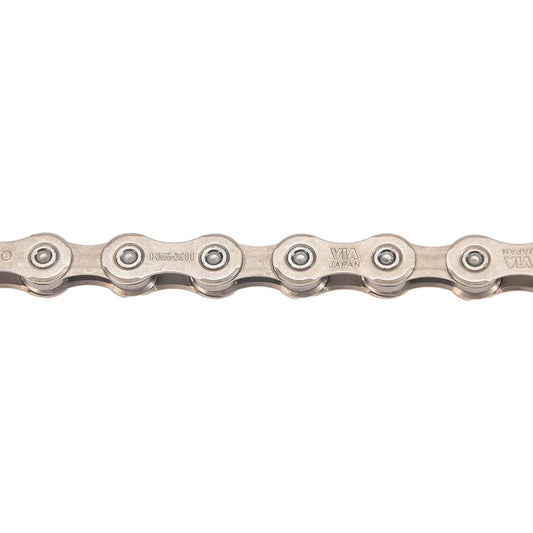
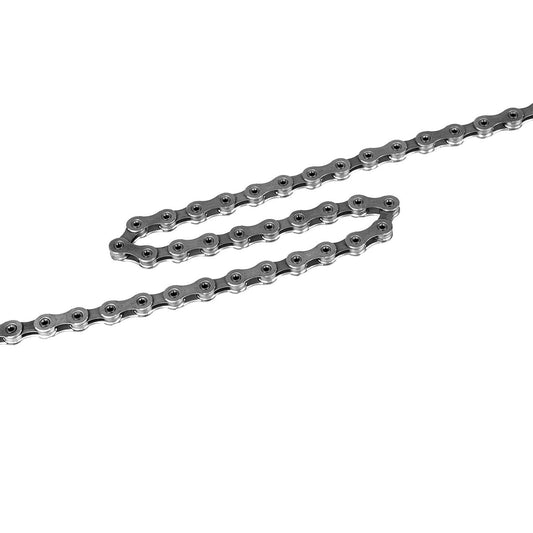
11 Speed SHIMANO XT ULTEGRA CN-HG701-11 Quick Link E-Bike Rated chain
Regular price From 28,99 €Regular priceUnit price per -
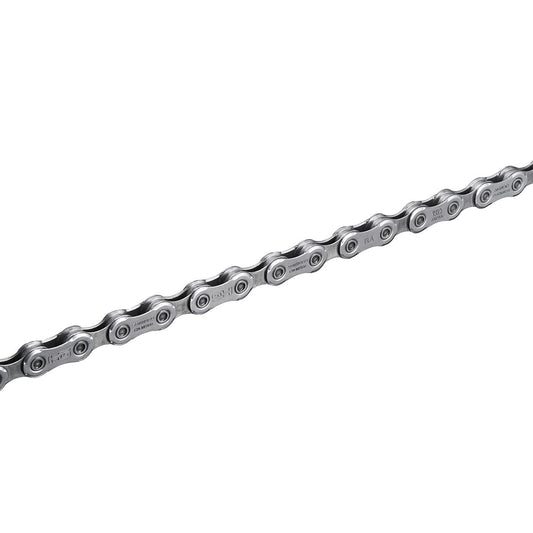
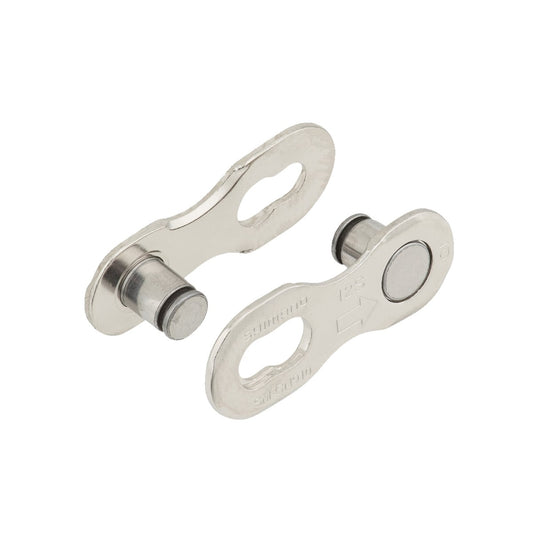
12 Speed SHIMANO XT ULTEGRA CN-M8100 Quick Link E-Bike Rated chain
Regular price From 29,99 €Regular priceUnit price per -
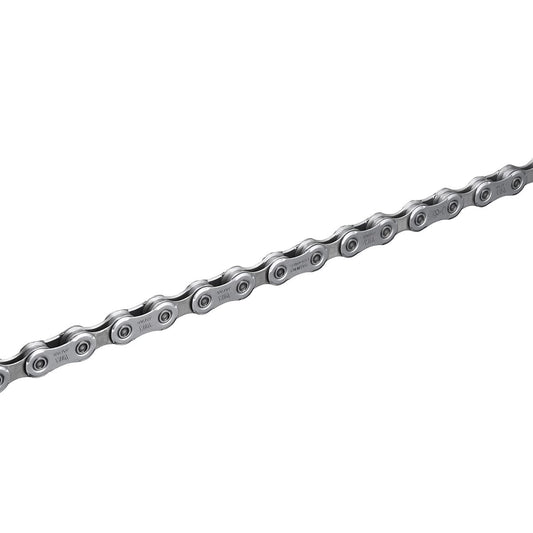
12 Speed SHIMANO SLX 105 CN-M7100 Quick Link E-Bike Rated chain
Regular price From 19,99 €Regular priceUnit price per -
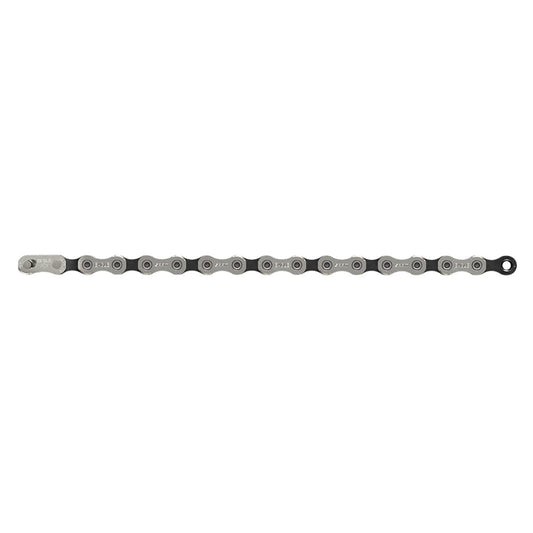
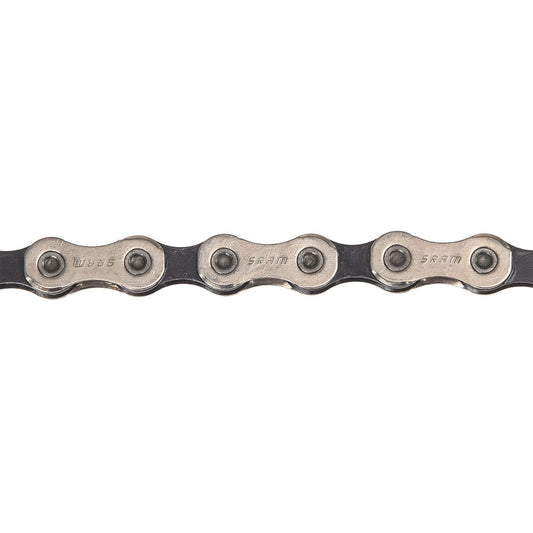
Chain 12 Speed SRAM GX EAGLE
Regular price From 22,99 €Regular priceUnit price per -
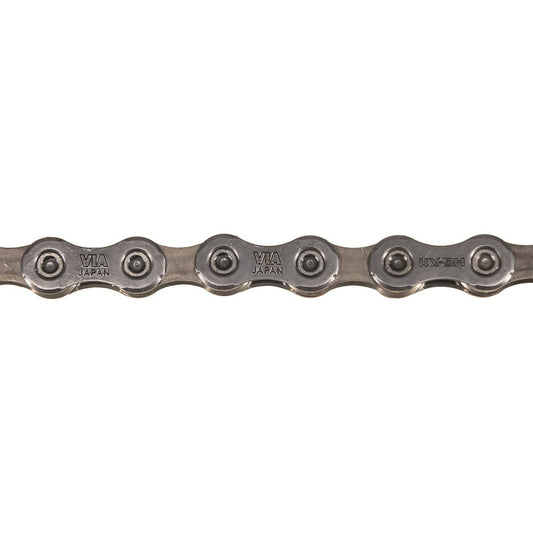
11V SHIMANO SLX 105 CN-HG601-11 E-Bike Rated chain
Regular price From 19,99 €Regular priceUnit price per -

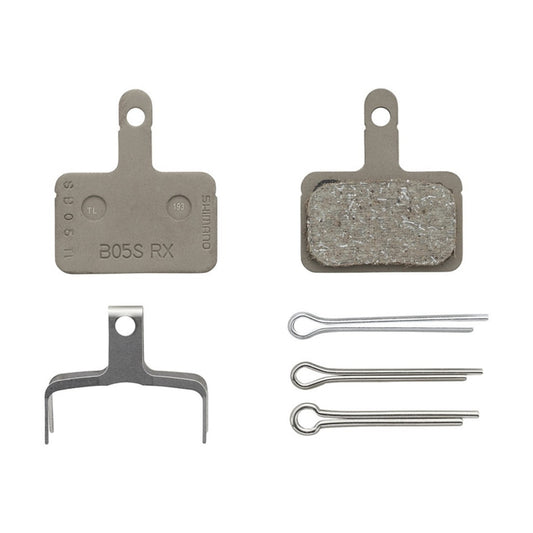
Brake Pads Organic SHIMANO B05S-RX
Regular price 5,99 €Regular priceUnit price per -
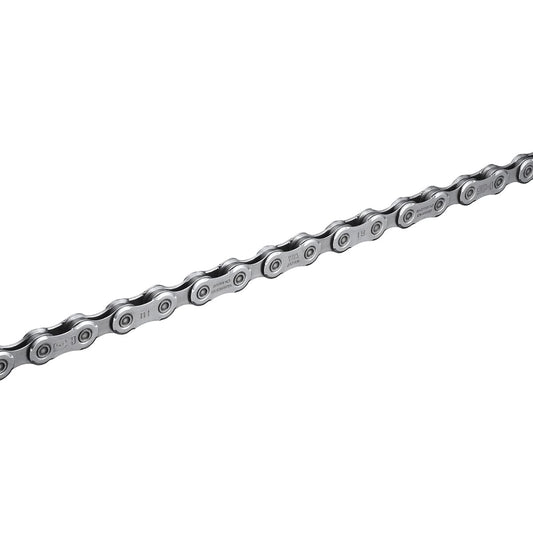
12V SHIMANO DEORE CN-M6100 Quick Link E-Bike Rated chain
Regular price From 14,99 €Regular priceUnit price per -
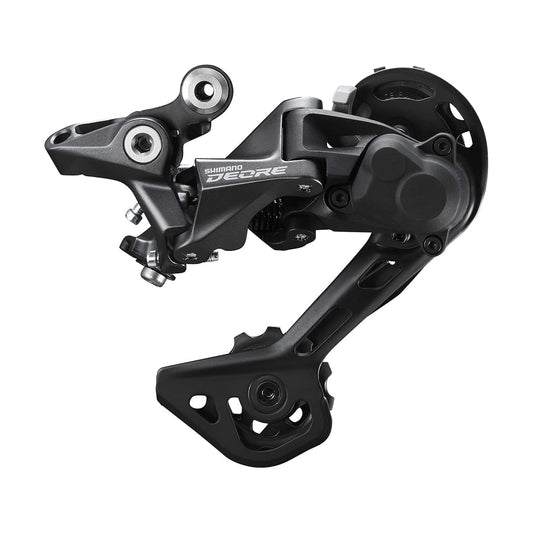
SHIMANO DEORE RD-M5120-SGS 10/11V Long Cage Rear Derailleur
Regular price 19,99 €Regular priceUnit price per











